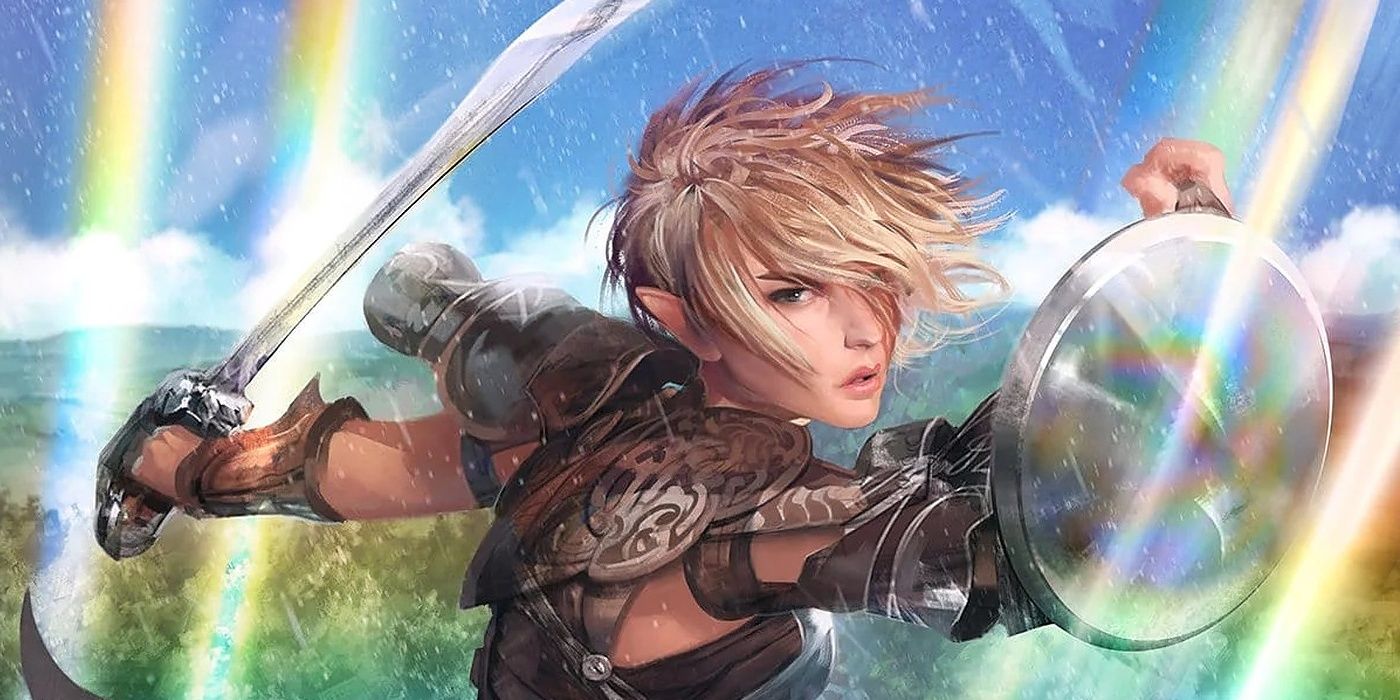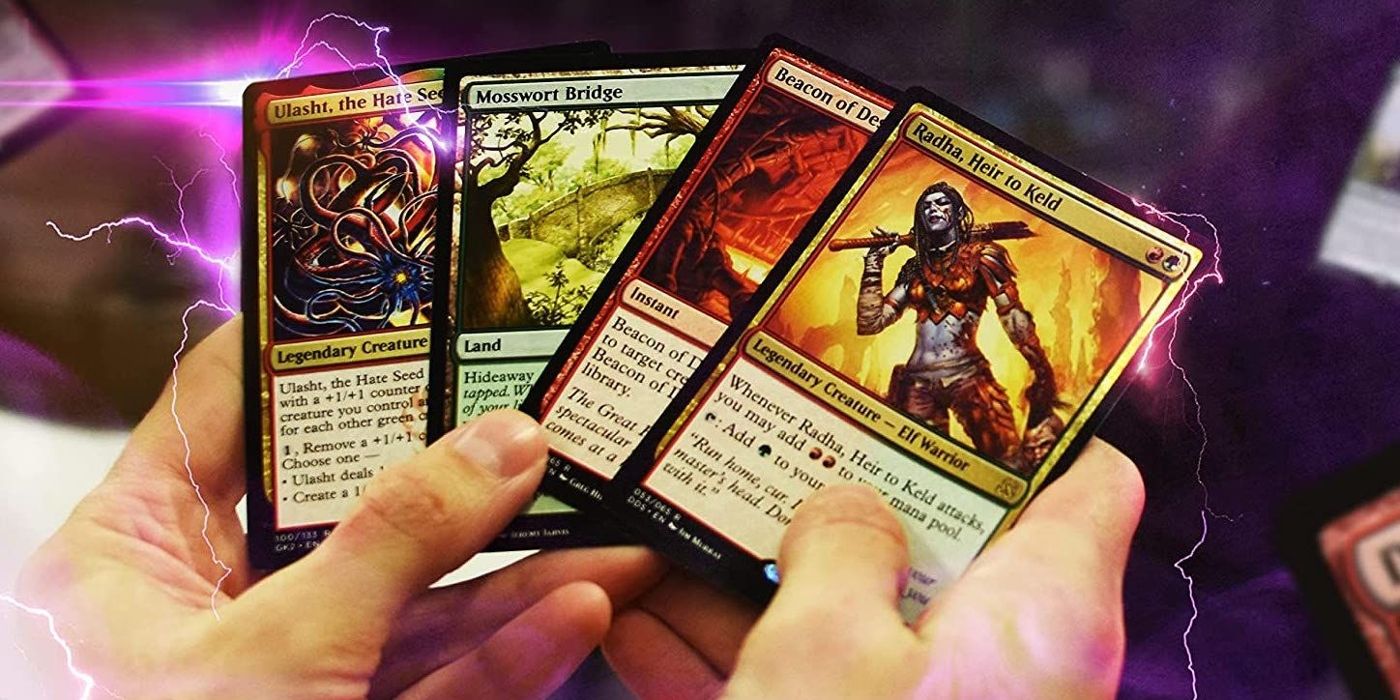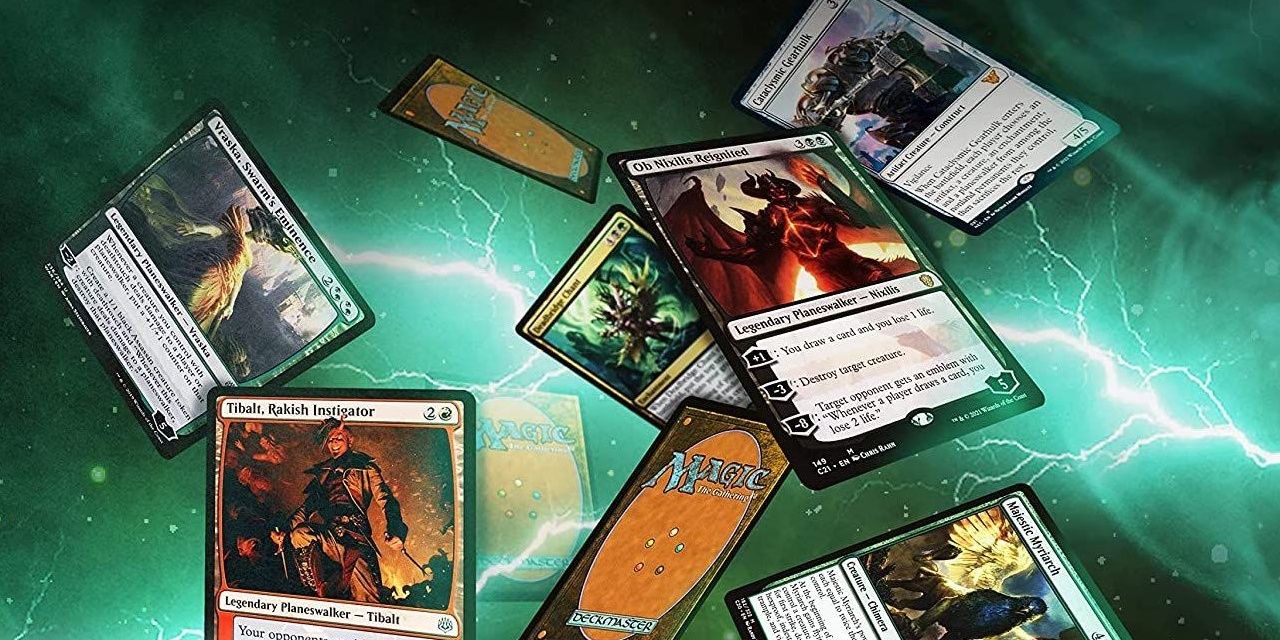Many factors went into making Magic: The Gathering the incredible fantasy TCG it is today, from captivating artwork and engaging gameplay to MTG's broad and diverse range of formats. The most important factor of all, though, was Wizards of the Coast's willingness to continually tinker with MTG's tried-and-tested formula, experimenting with a myriad of new things along the way. More so than competitor TCGs like Pokémon and Yu-Gi-Oh!, Wizards has been brave enough to take serious risks with innovative card design in MTG, even if those innovations occasionally backfired.
Some of Wizards' boldest design decisions paid off the most, like the double-faced cards from Innistrad. Wizards considered these a huge gamble at the time, but they were beloved by the community and will be making a comeback in MTG's upcoming set March of the Machine. Other more niche or obscure mechanics failed to become series staples, but ultimately even the most obscure and bizarre mechanics end up influencing MTG's game design in some way. Here's why Magic: The Gathering's most niche mechanics are some of the game's best features.
MTG Is Fueled by Innovation
There are dozens of mechanics and keywords that haven't appeared in MTG for decades, with some being a relic of the 1990s. Many are likely to never feature in a set or pre-constructed deck again. At first glance, MTG may seem to be cluttered with lots of these failed ideas and mechanics that never caught on. But they aren't just fluff -- these ideas are important pieces of MTG's history that serve an important purpose for the developers. Even if the cards and their mechanics don't see much real play, they were pivotal learning points for Wizards' design teams.
This freedom to experiment and iterate based on player feedback and community response facilitates an environment where Wizards can focus on innovation, continually introducing fresh and interesting mechanics to the game. The developers are known for pushing the envelope and reinventing their game with bizarre but unique abilities, like leveling up in Rise of the Eldrazi, phasing in Mirage, and affinity for artifacts in the Mirrodin block, among many others. Regardless of whether these mechanics succeed or fail, they represent the spirit of the developers' innovation, so in a way, every obscure mechanic and niche ability is a success.
The sheer number of mechanics and abilities across MTG's impressive 30-year catalog of cards also makes the game feel extremely diverse and varied to play, with each set and block feeling distinct. Aspects like this are why three decades after launch, game feels as fun and relevant as ever. Wizards never got complacent or coasted by with easy design choices; they kept shaking things up and continued to introduce new ideas into the mix, which keeps the game feeling fresh, modern and fun at three decades years old.
MTG's Most Obscure Mechanics Influence Future Cards
Interestingly, MTG's most niche and obscure mechanics tend to have more of a long-term effect than an immediate one, with some influencing Wizards' design decisions for decades. The designers look to MTG's past to find inspiration for new ideas, and often new sets, blocks and pre-constructed Commander decks are inspired by cards from older sets -- like how MTG's divisive Infect mechanic returned as Toxic in Phyrexia: All Will Be One.
Wizards often brings back straightforward abilities like kicker, cycling and flashback, but sometimes unusual mechanics return too, and these can be some of the most interesting. Theros: Beyond Death reintroduced a mechanic called devotion that was perfect for a set based on worshiping the gods of Theros, but the ability was actually a revised version of the chroma mechanic from the Eventide set.
Devotion was such a successful iteration of the mechanic that today, more players are familiar with devotion from Theros than chroma from Eventide, especially those who remember blue and black devotion decks dominating in Standard. It goes to show that bringing back old mechanics from the past can make for great new gameplay ideas, and that MTG's oldest and boldest mechanics will always be its best features.



